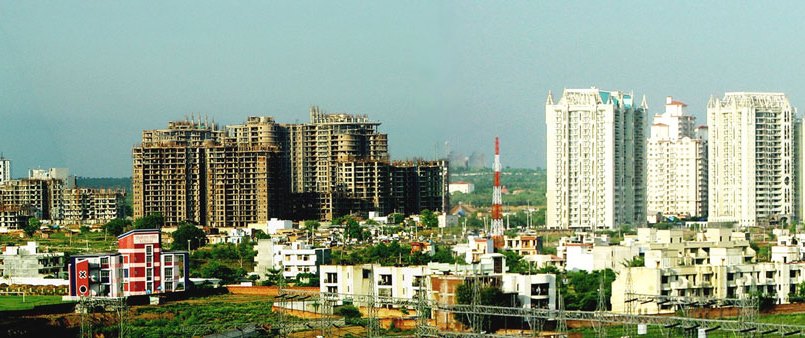Given the acceleration of urbanization around the world, many are wondering how local governments and city planners will keep up with the pace. While advocates of free markets routinely argue for fewer top-down restrictions and more privatization of local services, others argue for increased controls and more advanced central planning.
In most corners of the world, the norm is far closer to the latter, with the quality of solutions varying from city to city. In select regions, however, private firms are managing to grab large swaths of land while also taking the reins of a range of public services, from infrastructure to security and policing to utilities and transportation.
One such place is Gurgaon, India, a district to the southwest of Delhi that has transformed from village to large industrial city in a matter of decades. Until six years ago, the city had no municipal government, despite having a population of two million.
In a new study, “Lessons from Gurgaon, India’s private city,” economists Shruti Rajagopalan and Alexander Tabarrok examine what we might learn from its struggles and success.
For a brief history and overview of the city, ReasonTV offers a great snapshot:
The story offers a fascinating case study on the role of government, the challenges of urbanization and industrialization, and the blind spots that come with any ideological approach.
In the case of Gurgaon, economic growth was originally spurred by the removal of restrictions on land acquisition and development. Yet the privatization of public services came mostly from the lack of government response amid that growth. “Private developers responded with initiative to the lack of public infrastructure in all these areas,” write Rajagopalan and Tabarrok. “Compared to the Indian average the net result has been good but not great. The public sector neither built infrastructure nor established a plan with set-asides and rights of way for future infrastructure.”
The authors list a range of benefits and positive results from those services, as well as key challenges. For example, one of the biggest problems in Gurgaon remains a lack of regulation and ownership on common areas and public lands, resulting in a tragedy of the commons that leads to sewage dumping, air pollution, and groundwater depletion. In these and many other cases, the answer is not be one-size-fits-all for local governments strapped for resources. If there is no feasible way to implement or enforce the necessary laws and regulations, increased private investment and management of public lands may be the right solution.
But while economists remain mostly focused on the economic and political results of these situations, countless questions remain on the role of religion and civil society in such a scenario. As Rajagopalan and Tabarrok duly note, having robust local institutions may serve as a “third solution” to such problems, though the speed of growth presents challenges here, too:
A third solution is the evolution of local institutions that deal with free-rider problems and externalities from the ground up (Ostrom, 1990). In Gurgaon, there has been a slow emergence of citizens groups, environmental groups, and resident welfare associations to monitor the commons. Citizen groups, for example, have used judicial activism as a tool to prevent overextraction of groundwater for construction purposes. The expansion of civil society in Gurgaon, however, is slow. A rapidly changing urban region with newly arriving people with little history of interaction is far from the ideal landscape for the evolution of a well-governed commons (Ostrom, 1990).
As for what we might learn, the takeaways are messier than we might prefer. Gurgaon offers great inspiration and encouragement about the possibilities of privatization. It demonstrates what human beings can achieve common good, even when self-interest is sitting in the driver’s seat. But it also demonstrates that despite those benefits, economic growth and privatization are not, themselves, the answer. Gurgaon may be a “private city” that ranks better than the average in all of India, but the net results are “good but not great,” as the authors remind us.
Good laws, private property, and rightly aligned incentives are important, but they are not enough. In those corners where urbanization and population growth continue to accelerate at breakneck speeds, local governments should continue to learn from cities like Gurgaon and leverage the power of privatization. But before and beyond all that, citizens and workers, new and old, will do well to remember the importance of those mediating institutions and the foundation they’ll provide where incentives and economic growth fall short.
